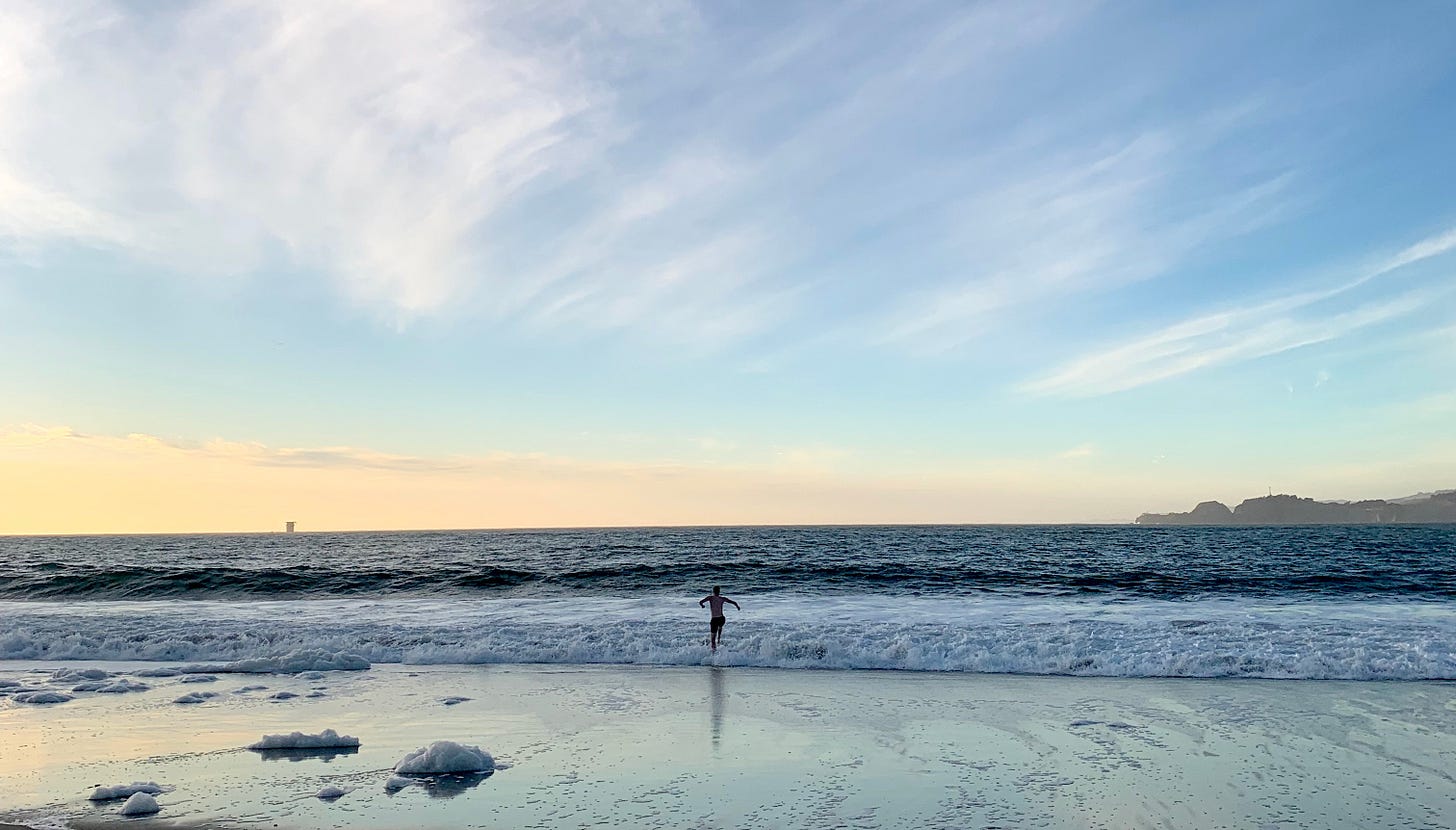The Breeze: Fundraising Tips for Climate Startups
Tips and tactics for founders who are raising pre-seed and seed now
How do climate tech founders get funded in 2023?
According to CTVC, the paper’s out there: $94B has been raised by climate funds since January 2021, with $37B of investable funds ready to deploy now.
Yet startups across sectors are cutting workforces by 10%-30%, and stories of flat rounds and predatory terms swirl through social media.
Climate startups aren’t specially protected. The paranoid survive.
Here are the tactics I share with founders who are raising pre-seed and seed now. The post pairs nicely with my fundraising tips from July 2020.
Stay lean instead of raising large. Investors often tell founders to raise enough for 18-24 months runway, if not more. Most founders interpret this as raising as much as possible, such as bumping a $1M first round up to $3-4M if they can. It’s wiser to keep the team lean, keep the cap or valuation low, and focus on iterating and learning quickly. Insights and traction should be the target, as that’s what you’re building the company on (and will fundraise on down the road).
For pre-PMF startups, instead of raising $XX for YY months runway, target an amount based on how many meaningful iterations a chop shop team can cycle through in a year. For example, one iteration (plan, prototype, validate, build, measure) every 4 months would give a team 3 solid swings to reach traction or validated learnings in a year.
Get a lead investor who focuses on your stage. If you’re a pre-seed startup, get a pre-seed investor. If seed stage, get a seed-focused investor. Why? Skin in the game. A seed-stage VC prioritizes their seed-stage investments because they need one of them to return the fund. The alternative would be to raise without a lead (a party round), from a stage-agnostic fund (>$300M fund that dabbles in seed), or from a cross-over fund (VC and other asset classes). When the going gets rough, they won’t show up as they focus on other stages or assets. Stack the deck in your favor with a fund for your stage.
Optimize for the investment partner, not price. Founders naturally think about dilution when fundraising. At pre-seed I hear “I don’t want too much dilution” all the time. It’s a quantifiable number, so it’s easy to prioritize. It’s fine and good to have a ballpark, and realistically founders should be thoughtful about how much dilution they take ahead of Series A so as not to muck up the cap table. But given the choice, it’s better to optimize for the investing individual or firm than for valuation and dilution. Like startups, VC is a game of exceptionalism, and the top VCs have better outcomes. Investors who have taken startups from start to successful outcome know the motions to do it again. Get them on your side if you can.
Bring multiple great investors into the deal. Per the two points above, getting a solid stage-appropriate lead stacks the deck in the startup’s favor. With or without that, there’s still an opportunity to bring in other great investors into the round to maximize the chance of success. There are smaller funds that “ride along” with small checks (like Jetstream), AngelList syndicates, and angels. My favorite composition of a round is a strong lead, a couple solid ride-along funds who punch above their weight, and as many high-impact and domain-relevant angels as possible. Early in fundraising it’s tempting to accept anyone who wants to give you funds. Wait until you get a lead so you know how much room in the round will remain, then bring in the others for as little as they’re able to do. Syndicates and angels usually aren’t sensitive to the amount they invest, and you don’t know how helpful they’ll be until after they invest.
Build relationships for the next round this round. Use the raise as an opportunity to connect with funds at the next stage. It’s best to make the next stage of investors when you’re not raising from them, when you can get to know each other casually. Get on their radar, tell them what you’re doing, then when you come back up for the next round they’ll have continuity of your story. Your VCs this round can help by sharing their excitement with investors who follow after them.
What resonated with you? What hurdles are you hitting in fundraising this year?
Stay Breezy,
Tommy


